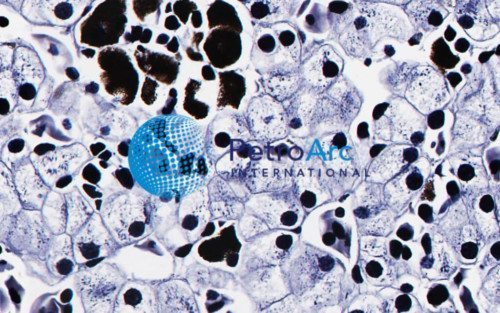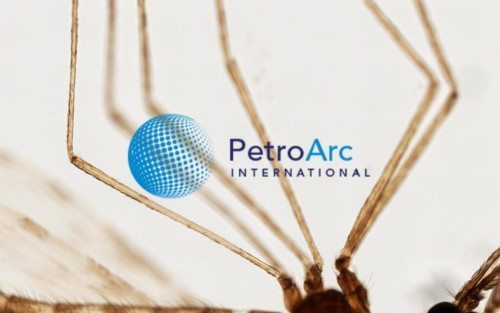BIOL-012 | Slides maybe purchase individually or as custom collections. If you wish to purchase 25 or more virtual slides, discounts will be automatically applied according to incremental package sets of 25, 50, 100, 200, or unlimited.
Volvox asexual, 200X w.m.
Product Description
An asexual colony includes both somatic (vegetative) cells, which do not reproduce, and large, non-motile gonidia in the interior, which produce new colonies through repeated division. The daughter colonies are initially held within the parent coenobium and have their flagella directed inwards. Later, the parent disintegrates and the daughters invert. In sexual reproduction two types of gametes are produced. Volvox species can be monoecious ordioecious. Male colonies release numerous microgametes, or sperm, while in female colonies single cells enlarge to become oogametes, or eggs. Volvox ordinarily grows asexually when the environment provides optimum conditions. V. carteri occupies temporary pools of water that tend to dry out in the heat of late summer. As their environment dries out, haploid asexual volvox quickly die. Shortly before drying is complete, Volvox switch to the sexual phase that leads to production of dormant desiccation resistant zygotes.






